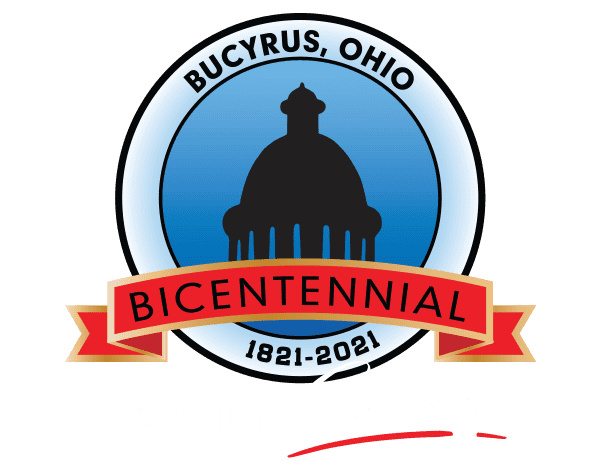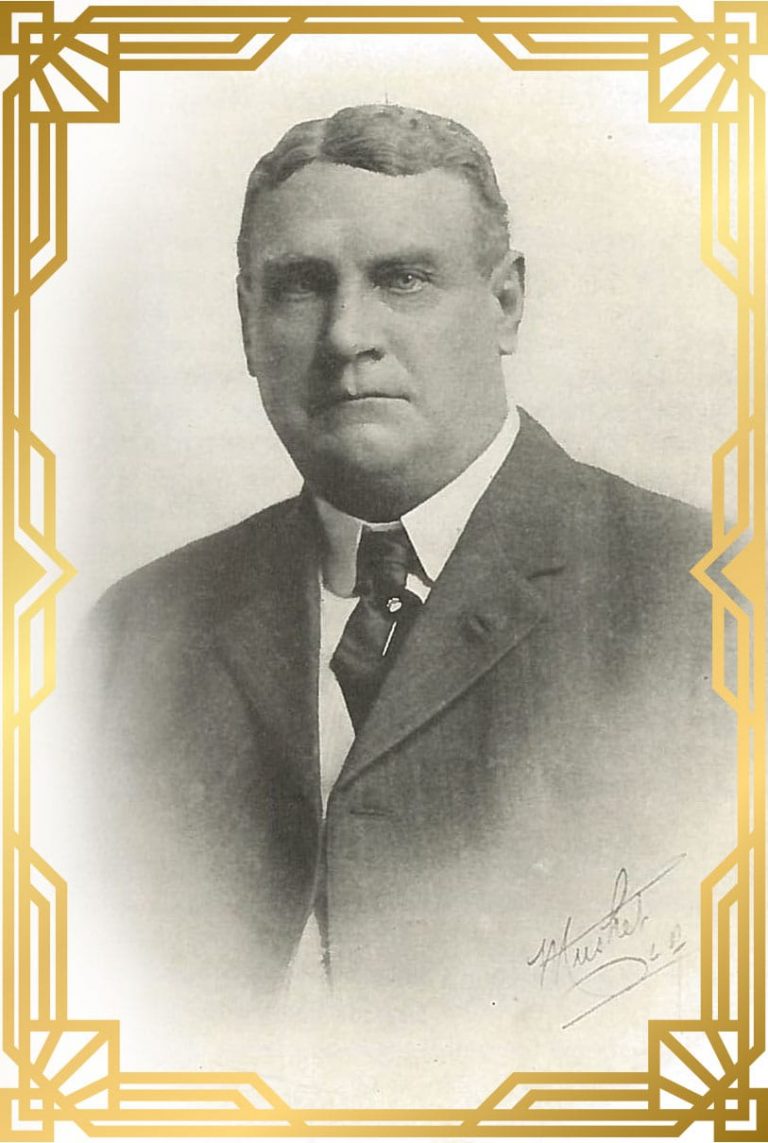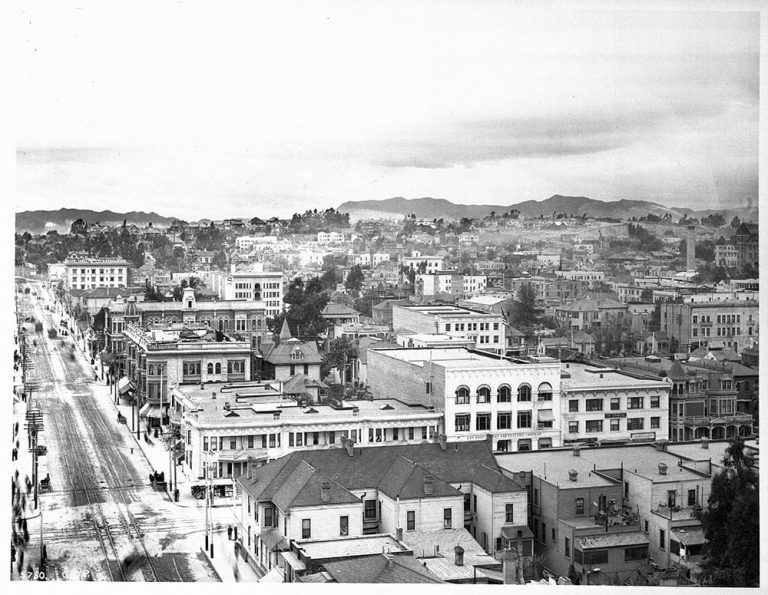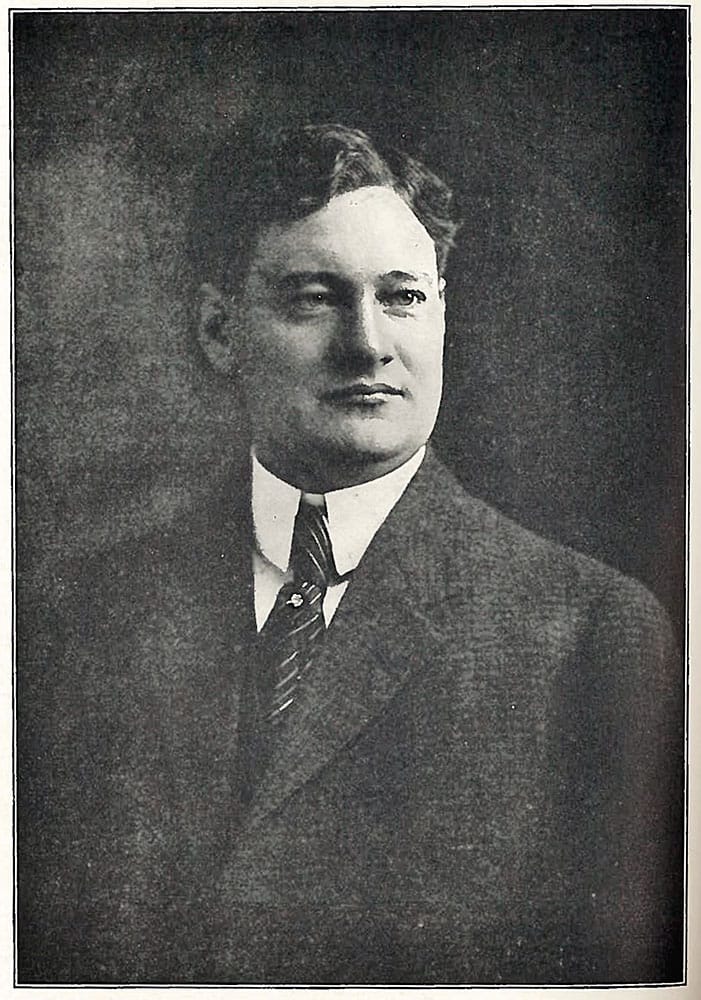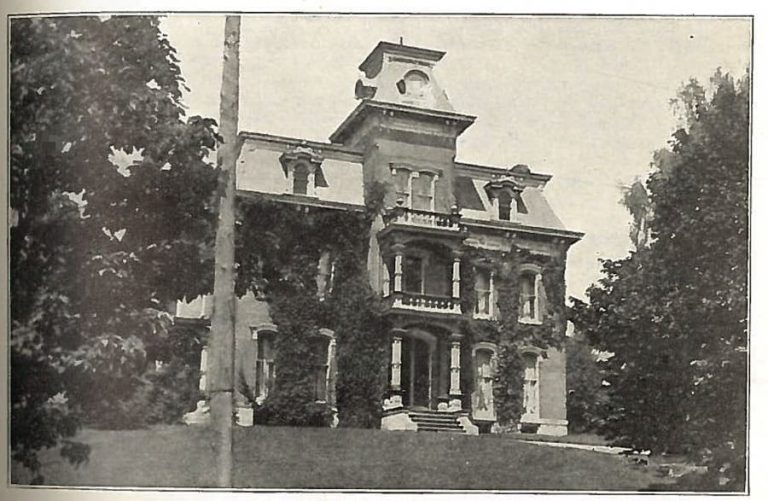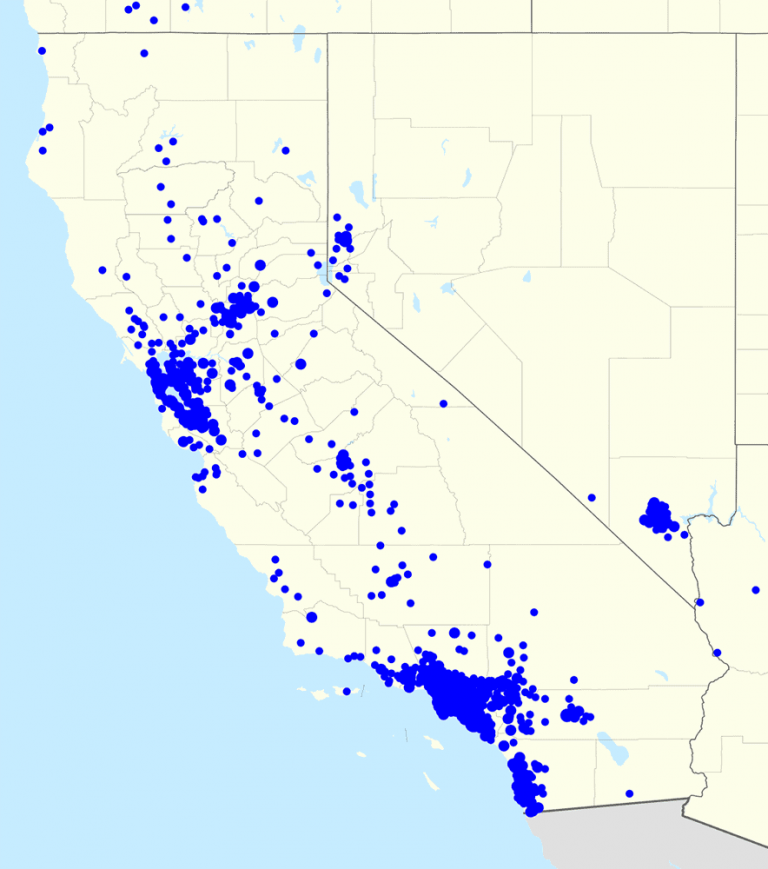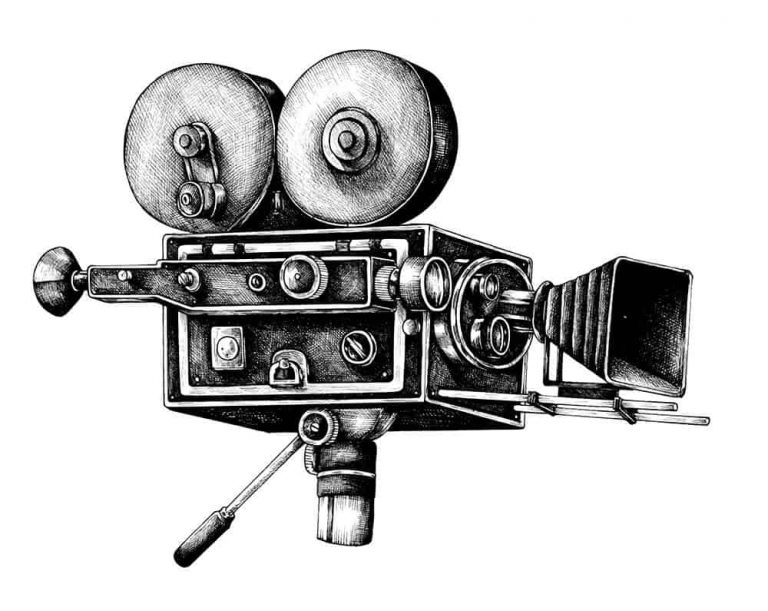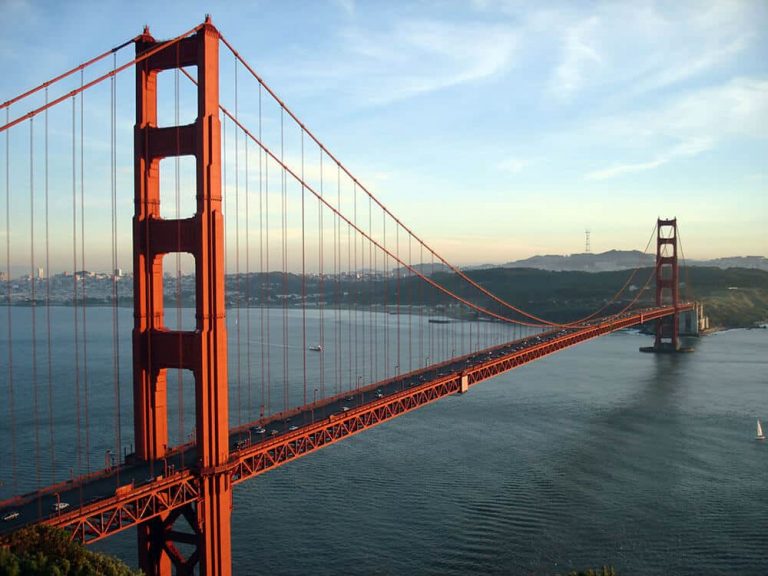The Monnettes
A New Investment
In 1906, Mervin Monnette struck a significant gold vein in what was previously believed to be the tapped out Mohawk Mine in Tonopah, NV (near Goldfield).
The strike, known as the Monnette-Hayes Lease, set records for the value of the ore shipped in 1906.
Eventually, Mervin Monnette realized a $5,000,000 profit on the Mohawk lease. This would be almost $150,000,000 in 2021 dollar values.
Mervin then assigned his son, Orra, the monies for investment. Orra swiftly returned to the banking business.
After his father’s financial windfall from the Goldfield, NV, mine, Orra decided to live closer to the scene of active mining operations.
In 1907, Orra moved from Toledo, Ohio, and relocated to Los Angeles, California.
After moving to Los Angeles, Orra Monnette was a large stockholder and director in the Citizens National Bank of the City of Los Angeles.
He was also connected with various other business enterprises.
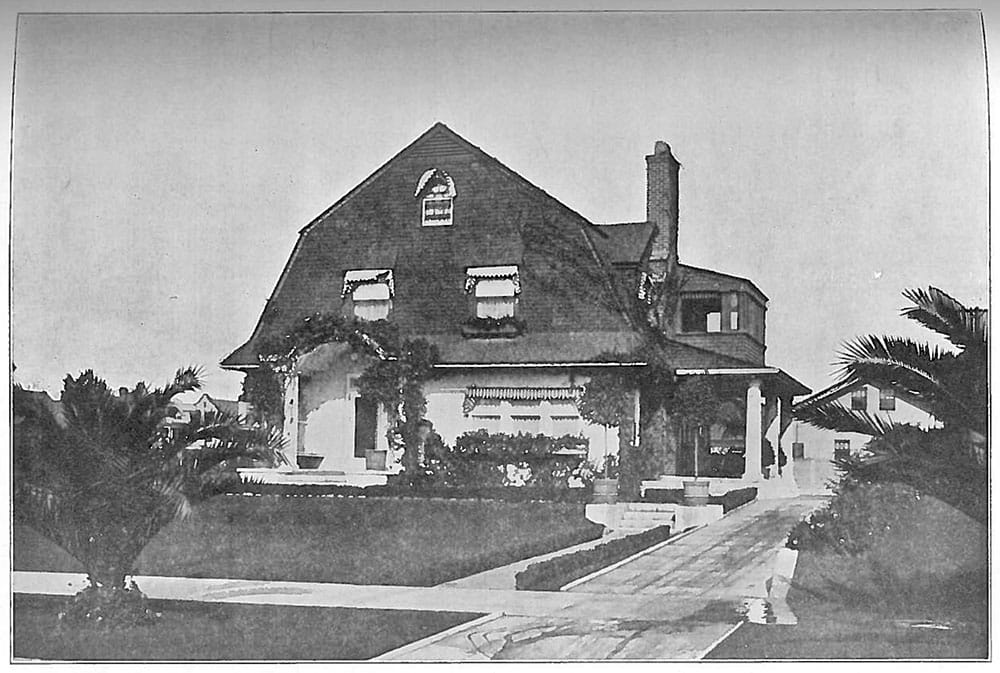
Residence of Orra Monnette, 3101 Wilshire Boulevard, Los Angeles, California
With his father’s mining proceeds, Orra Monnette began purchasing stock in Los Angeles-area banks.
Eventually, this led to a controlling interest in the American National Bank of Los Angeles (ANB).
1909
ANB Merged into Citizens
ANB was merged into Citizens Trust & Savings Bank of Los Angeles.
1911
Citizens Bank & Trust formed
In 1911, Monnette then purchased the Broadway Bank & Trust Company, which then merged with the family’s other holdings to form the Citizens Bank & Trust Company. Orra was appointed Chairman of the Board.
1922
Monnette left Citizens
1923
Bank of America
Monnette founded Bank of America, Los Angeles in 1923
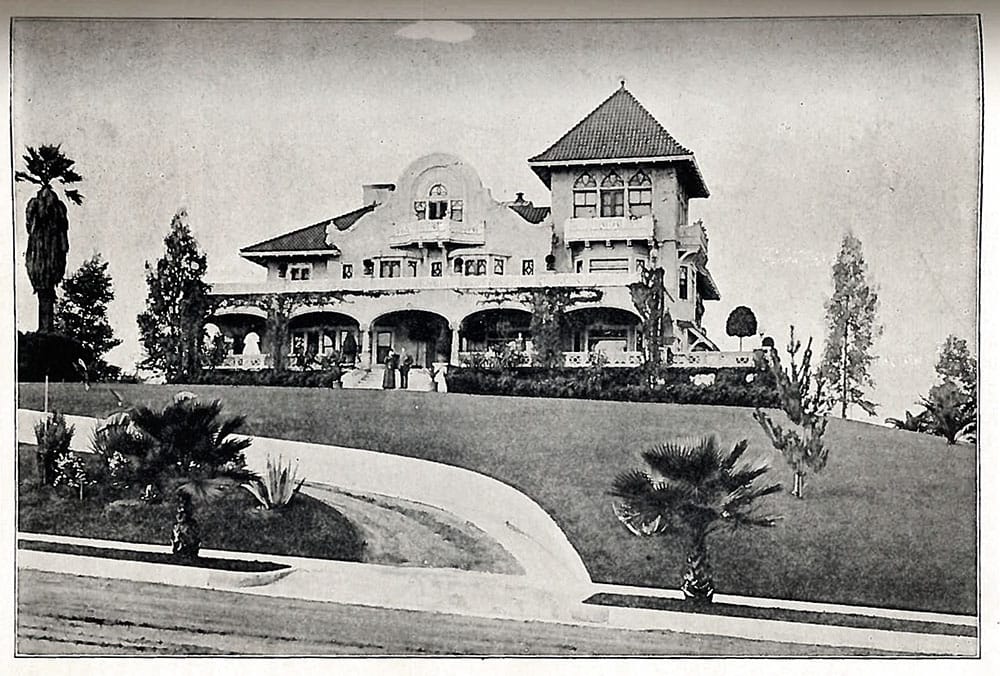
Residence of Mervin’ Jeremiah Monnette, 911 Western Avenue, Los Angeles, California
By 1912, Mervin’s wife, Olive, died. Mervin, remarried two more times before his death.
Mervin’s third wife, Ethel, was 20 years his junior. Despite her considerably younger age, Ethel preceded Mervin in death.
But due to a glitch in the will, there was an unusual legal case going all the way to the California Supreme Court. In essence, Mervin had to sue for the right to retain his Los Angeles residence from his brother-in-law, who was named in the will to receive the Los Angeles mansion upon his sister’s death.
Mervin Monnette died in 1931.
Monnette Memorial hospital
The Bucyrus City Hospital is the area in which the Monnette Memorial Hospital once stood.
In 1919, several years after relocating to California, Mervin Monnette purchased from his sister, Amina, and her husband James Calvin Tobias, their former Bucyrus residence.
Mervin subsequently donated this property to the city of Bucyrus to serve as a hospital named Monnette Memorial Hospital.
In 1949, that structure was demolished, and the current Bucyrus City Hospital was built. Today, that hospital is known as Avita Health System-Bucyrus Hospital.
Bank of America
In 1923, Orra’s next venture was christened the Bank of America, Los Angeles (BoA).
Opening at the corner of Wilshire and Western Avenues in Los Angeles, the bank posted an operating capital of one-million dollars.
Monnette’s intention was to build capital for national expansion.
However, Monnette was growing increasingly concerned about the stock and also the financial market in general.
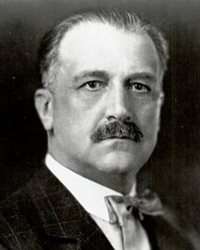
At the same time, over the course of the 1920s, Bank of Italy’s Amadeo Giannini began buying stock in Bank of America, L.A.
By 1928, Monnette and Giannini ultimately agreed that a merger of both entities under the “Bank of America” name promised the best opportunity for all concerned.
The formal name was changed to Bank of America National Trust and Savings Bank.
As part of the deal, Orra Monnette sold his rights to the “Foundation Story” of the new, combined entity.
As a condition of the merger, Monnette was paid for handing Giannini the "Foundation Story" rights to the bank. This was a decision Monnette later came to regret.
Bank of America's Legacy: Banking on Everyday People
Upon finalizing the merger, Giannini and Monnette both agreed that the name, “Bank of America,” idealized the broader mission of the new bank.
Prior to Monnette’s creation of the Bank of America Los Angeles network, most banks were limited to a single city or region.
Orra Monnette was the first to create a system of centralized processing, bookkeeping, and cash delivery.
With the birth of the Bank of America, came many new ideas, including: consumer banking, offering small loans to ordinary people at reasonable interest rates, and opening “branch banks” in urban and ethnic neighborhoods. And, by diversifying its scope of served communities, the newly-merged institution was better prepared to withstand temporary economic setbacks.
In 1929, the bank had more than 300 banking offices in California. By 1939, BoA operated more than 500 branches in the U.S. Ever-expanding, the Bank of America had become the largest commercial and savings institution in the world in 1945.
Initially, Monnette was named Co-chairman of the new Bank of America and also made a Director.
During the early 1930s, with his interests elsewhere, Monnette was then made a Vice-President in the bank and retained his Board seat.
Monnette also founded the Lincoln Mortgage Company of California, which was not included in the BoA merger. Monnette retained control of this company and continued to serve as its President until his death until 1936.
The Bank of America continued under Giannini’s chairmanship until his retirement in 1945. “The West hasn’t even started yet,” Giannini declared shortly before his death in 1953.
Inspired by its own legacy, the Bank of America continued as an innovator after both of Monnette’s and Giannini’s deaths.
The Bank of America was the nation’s first bank to fully computerize and introduce the concept of direct deposit. In 1958, BoA was the first to invent the all-purpose credit card, the BankAmericard (later renamed the Visa Card).
Throughout Bank of America’s early history, it championed the possibilities of the West, investing in exciting and rapidly-expanding enterprises.
During the Great Depression, BoA bought the bonds to finance the construction of the Golden Gate Bridge.
Later on, Bank of America was well positioned to support the industrial expansion arising out of WWII. This included bankrolling industrialist Henry Kaiser’s many enterprises supporting the war effort.
BoA also provided much of the private financing for western economic growth, including:
- Nurturing and supporting Hollywood’s burgeoning motion picture industry. BoA loaned Walt Disney the funds to produce “Snow White,” the first full-length, animated motion picture ever to be made in the US.
- Helping cultivate the growing wine industry in California.
- Technologically advancing society by providing the capital necessary to help form Hewlett Packard.
The Los Angeles Public Library System
Orra became the chairman of the Los Angeles Public Library and founder of its public library branch system.
In 1914, Monnette was appointed to the Los Angeles Public Library Board, and he was reappointed every five years until his death in 1936.
Orra Monnette was elected President of the Library Board in 1916, and also retained that office until his death.
During the twenty-three years of his tenure, Monnette championed three major library bond packages supported by the citizens of Los Angeles.
The bond packages allowed the city to build forty-eight branches throughout the Los Angeles area, including the landmark Art Deco-stylized Central Library in Downtown Los Angeles.
In today’s LA Central Library rotunda, there is a plaque dedicated to Orra Monnette.
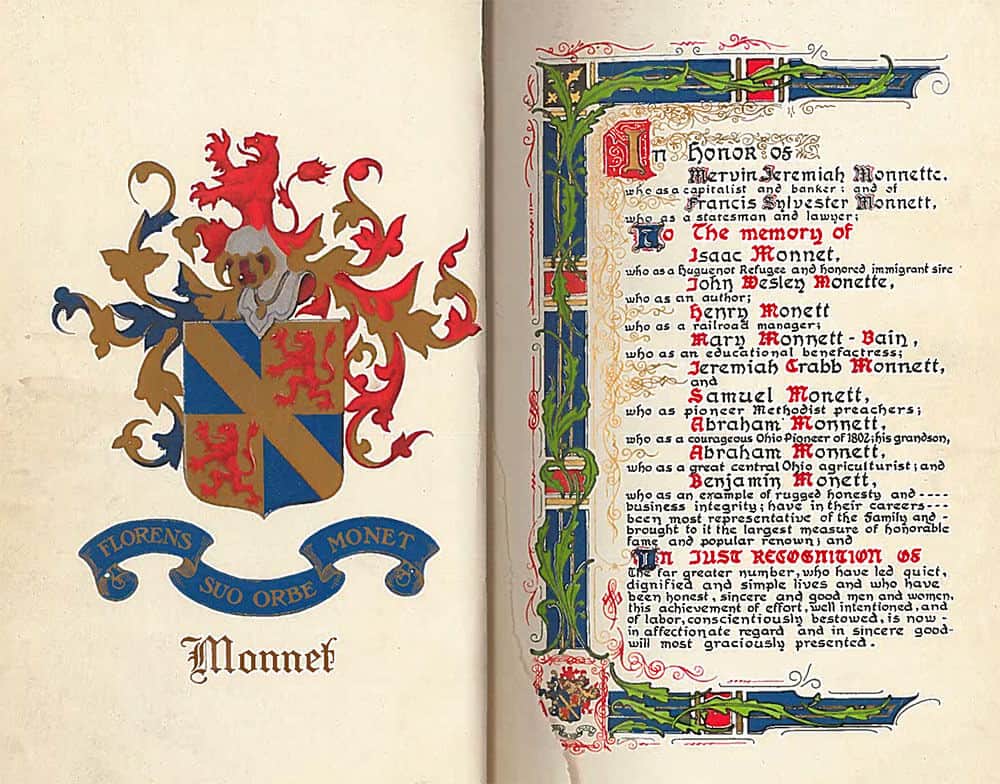
You will notice a range of spellings of the Monnette name throughout this site. That’s because different members of Orra’s extended family spelled the name in a variety of ways throughout history.
Orra Monnette was always an avid reader and an enthusiastic student of history and genealogy. Until his death, he served as a member of the New England Historic and the California Genealogical Societies, the Maryland and New Jersey Historical Societies, Old Northwest Genealogical Society, and the Huguenot Society of America.
